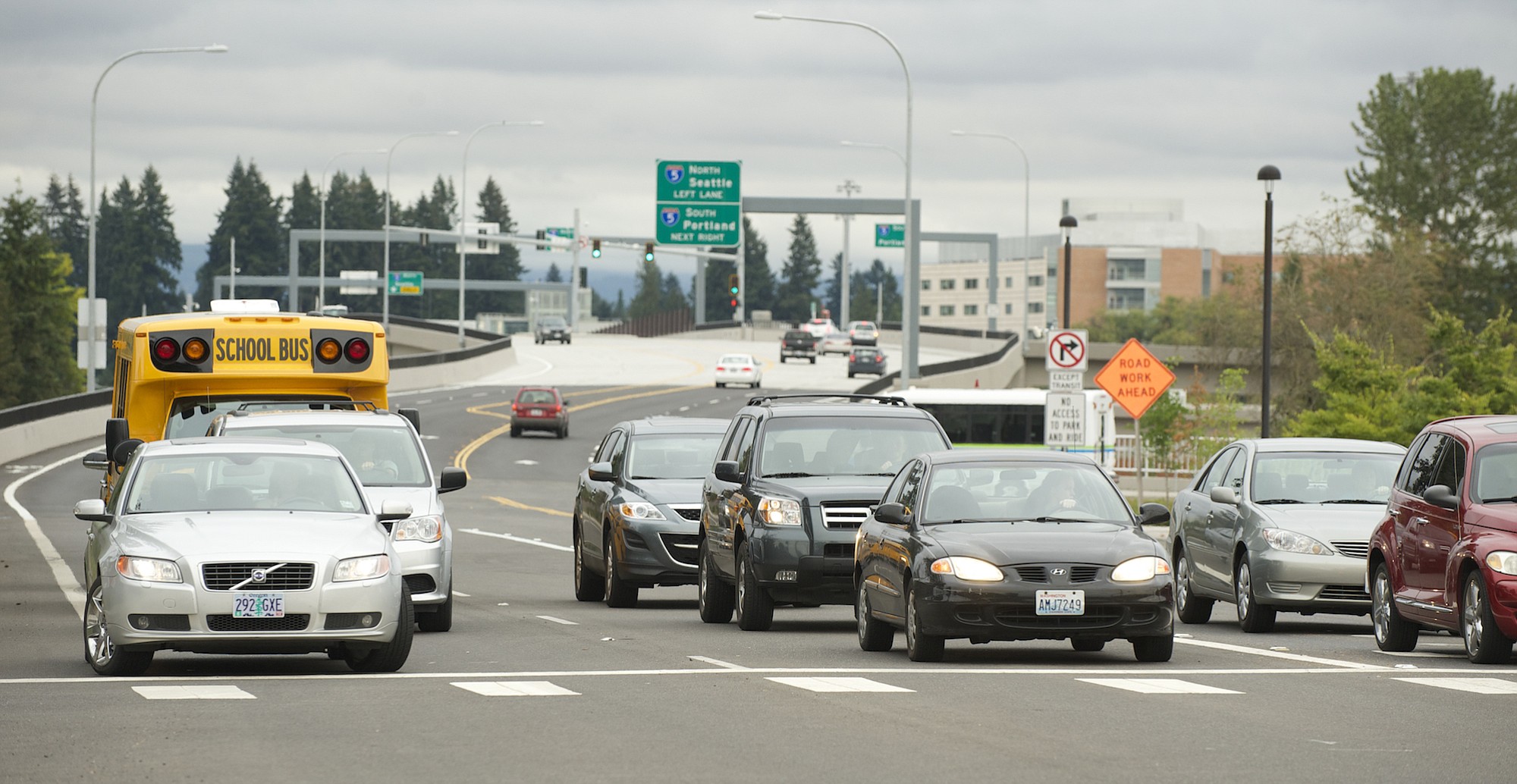Local Angle
In Clark County, transportation planners and leaders have long focused on the region’s most chronically congested corridor: Interstate 5.
Traffic volumes on the Interstate 5 Bridge have climbed in recent years, despite the corridor already being at capacity. After declining before and during the economic recession, the I-5 Bridge now carries slightly more than 132,000 crossings per weekday — about the same as it did 10 years ago.
Leaders had hoped to improve conditions on I-5 with the Columbia River Crossing, a $3 billion megaproject. The CRC would have replaced the I-5 Bridge, extended light rail to Vancouver and rebuilt freeway interchanges in both Washington and Oregon. But without enough political support or funding, the project began to unravel in 2013 and shut down for good in 2014.
Other alternatives have been discussed since the CRC’s demise. But so far, none has gained significant momentum.



